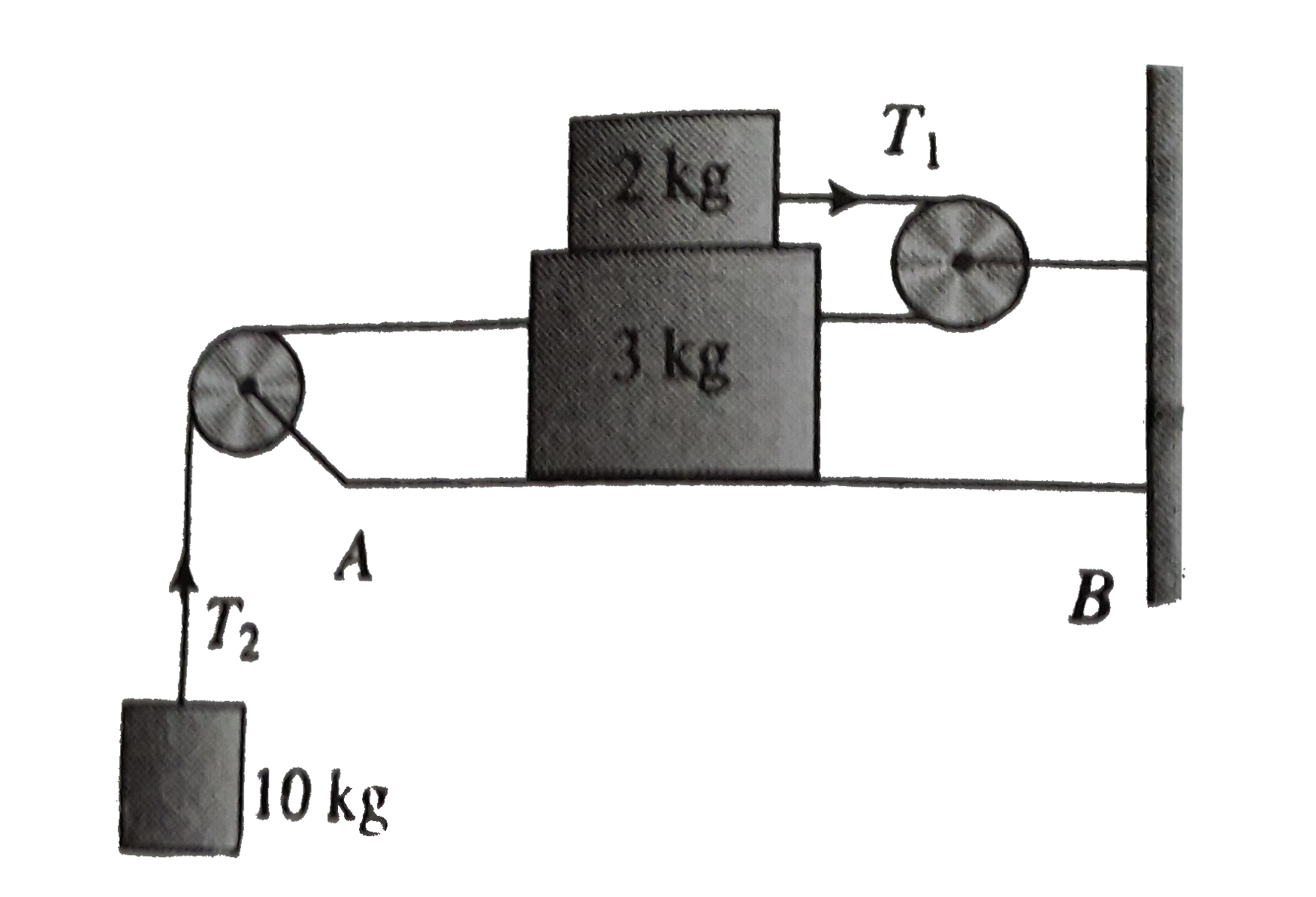"The friction between two surfaces increases when the surfaces are made smoother and smoother " . Why ?
To understand why the friction between two surfaces increases when the surfaces are made smoother, we can break down the explanation into several steps:
1. Understanding Friction:
Friction is the force that opposes the relative motion of two surfaces in contact. It arises due to the interactions at the microscopic level between the surfaces.
2. Surface Roughness:
When surfaces are rough, they have many irregularities and protrusions. These irregularities interlock with each other, which can lead to higher friction because the surfaces resist sliding against each other.
3. Smoother Surfaces:
As surfaces are made smoother, the irregularities are minimized. This means that the surfaces have less interlocking and fewer points of contact at the microscopic level.
4. Contact Area:
With smoother surfaces, one might think that there is less area in contact, which could suggest lower friction. However, the nature of molecular interactions changes. Smoother surfaces can allow for more effective molecular attraction over the contact area.
5. Molecular Forces:
Friction is not only determined by the physical interlocking of surfaces but also by the molecular forces of attraction between the materials. On smoother surfaces, the molecular forces can act over a larger effective area, leading to increased friction.
6. Conclusion:
Therefore, as surfaces become smoother, the friction can actually increase due to the enhanced molecular attraction between the surfaces, despite the apparent reduction in physical interlocking.
Final Statement:
In summary, while it may seem counterintuitive, the friction between two surfaces can increase when they are made smoother due to the greater molecular attraction that occurs over the effective contact area.
Friction is the force that opposes the relative motion of two surfaces in contact. It arises due to the interactions at the microscopic level between the surfaces.
When surfaces are rough, they have many irregularities and protrusions. These irregularities interlock with each other, which can lead to higher friction because the surfaces resist sliding against each other.
As surfaces are made smoother, the irregularities are minimized. This means that the surfaces have less interlocking and fewer points of contact at the microscopic level.
With smoother surfaces, one might think that there is less area in contact, which could suggest lower friction. However, the nature of molecular interactions changes. Smoother surfaces can allow for more effective molecular attraction over the contact area.
Friction is not only determined by the physical interlocking of surfaces but also by the molecular forces of attraction between the materials. On smoother surfaces, the molecular forces can act over a larger effective area, leading to increased friction.
Therefore, as surfaces become smoother, the friction can actually increase due to the enhanced molecular attraction between the surfaces, despite the apparent reduction in physical interlocking.
In summary, while it may seem counterintuitive, the friction between two surfaces can increase when they are made smoother due to the greater molecular attraction that occurs over the effective contact area.
Topper's Solved these Questions
- BOOK - ICSECHAPTER - FRICTIONEXERCISE - Very short answer question9videos
FRICTION
- BOOK - ICSECHAPTER - FRICTIONEXERCISE - Selected problems30videos
FRICTION
- BOOK - ICSECHAPTER - FRICTIONEXERCISE - Long answer questions2videos
FRICTION
- BOOK - ICSECHAPTER - DYNAMICSEXERCISE - SHORT ANSWER QUESTIONS WITH ANSWERS12videos
DYNAMICS
- BOOK - ICSECHAPTER - GRAVITATIONEXERCISE - FROM THE HUBBLE TELESCOP2videos
GRAVITATION
Similar Questions
Knowledge Check
- Question 1 - Select One
The frictional force between two surfaces is independent of
ANature of the surfaceBSize of the bodyCArea of contactDMass of the body - Question 2 - Select One
When two surfaces are coated with a lubricant, then they
Astick to each otherBslide upon each otherCroll upon each otherDnone of the these
The friction that is the maximum value of frictional force between two surfaces which can prevent one surface from sliding over the other
View SolutionThe surfaces of the train wheels and railway tracks are made smooth ". Why ?
View SolutionWhat is the effect of temperature on the surface tension of a liquid ?
View SolutionThe coefficient of friction between the two two blocks is 0.3 where as the surface AB is smooth
 View Solution
View SolutionWhen two surface are polished, the friction coefficient between them decreases. But the friction coefficient increases and becomes very large if the surfaces are made highly smooth. Explain.
View SolutionThe coefficient of static friction between two surfaces depend on
View Solution

